Painting shadows and light is essential for creating depth and realism in art. These elements reveal the form, texture, and space in a piece, turning flat shapes into three-dimensional objects. Understanding how light interacts with surfaces allows artists to guide the viewer’s eye and establish mood effectively.
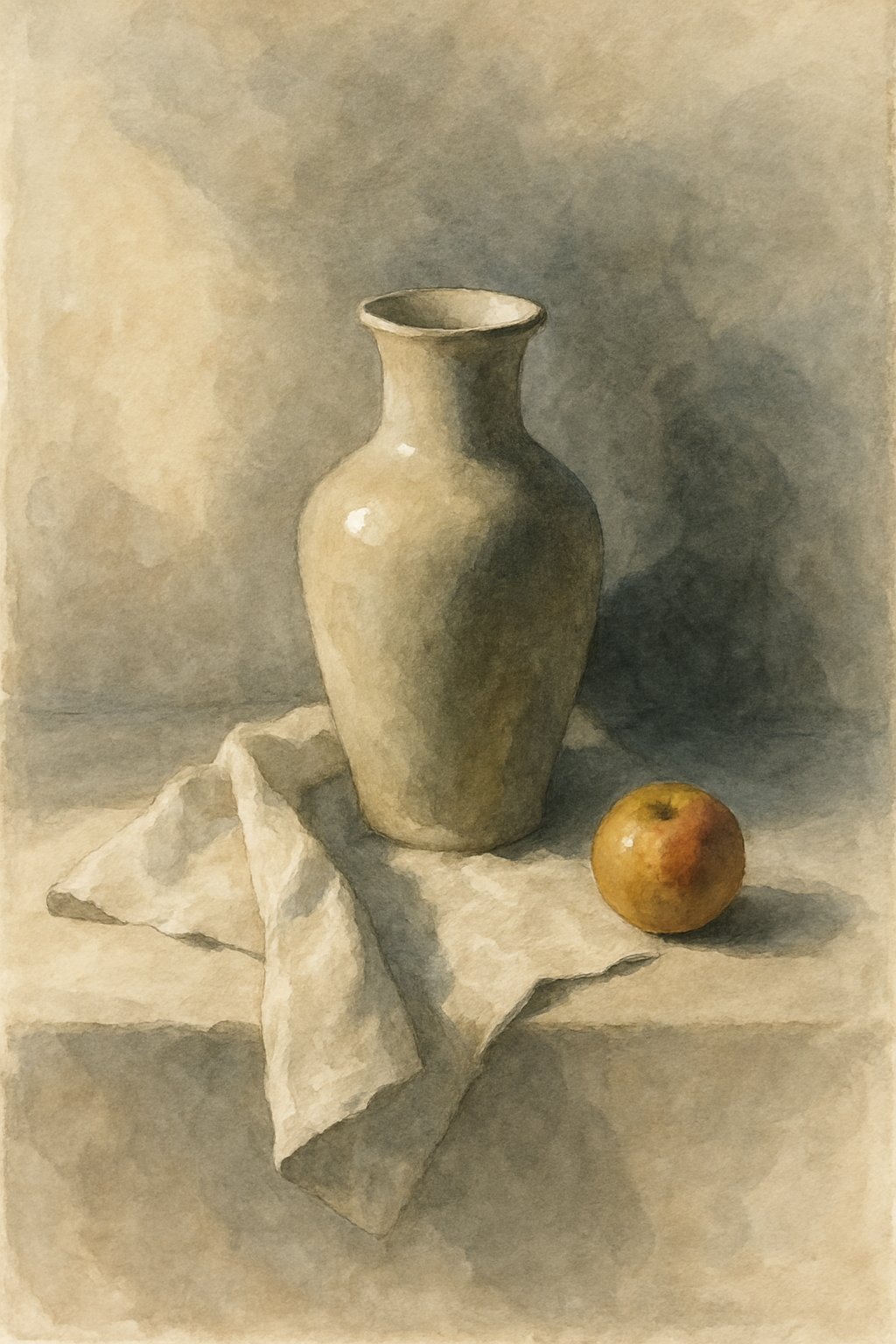
Artists must observe how different light sources affect shadows—whether soft or sharp, natural or artificial—to replicate these effects on canvas. Shadows often carry subtle color changes and gradients, not just dark tones, which add richness and complexity to the painting.
Mastering light and shadow also helps convey time of day and the atmosphere in a scene. By learning how to balance highlights and dark areas, artists can produce work that feels both believable and emotionally engaging.
Fundamentals of Painting Shadows and Light
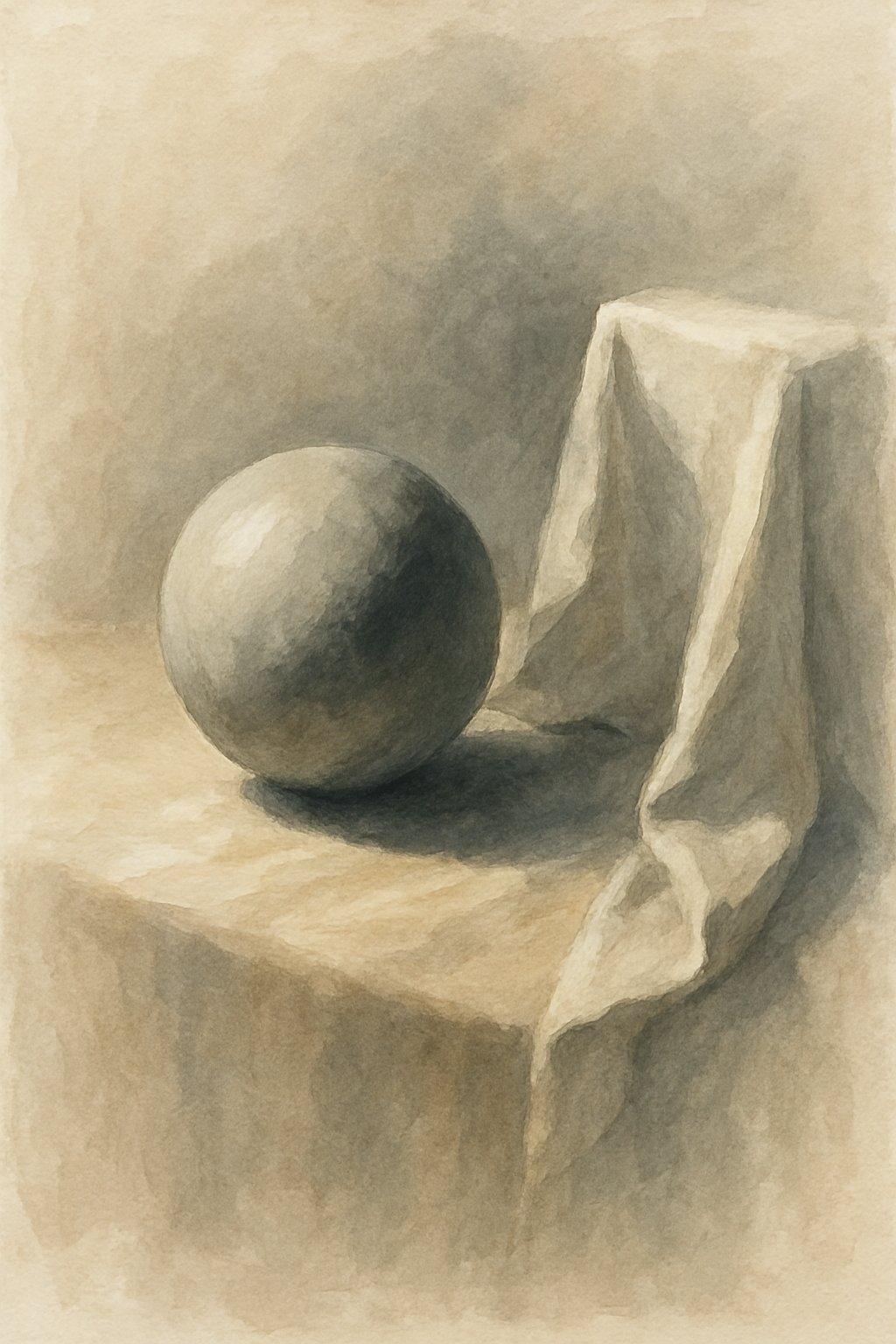
Painting shadows and light starts with understanding the light source. The light source determines where highlights and shadows fall on an object. It sets the direction and intensity of light, shaping the whole scene.
Highlights are the brightest spots on an object where light hits directly. These areas reflect the most light and often catch the viewer’s eye first.
Form shadows appear on the parts of the object that curve away from the light. They show the object’s shape and add depth. Inside form shadows is the core shadow, the darkest part where light is almost completely blocked.
Cast shadows are different from form shadows. They are the shadows an object casts on nearby surfaces. Cast shadows often have sharp or soft edges depending on the light source’s size and distance.
Both shadows and highlights work together to create contrast and three-dimensionality. Without these contrasts, paintings can look flat or lifeless.
Artists need to study how light falls on real objects. Observing different light conditions helps understand how shadows change in size, shape, and darkness.
Using a range of values from light to dark allows painters to show subtle transitions. This range makes shadows look natural rather than flat blocks of black.
In short, mastering light and shadow means controlling highlights, form shadows, core shadows, and cast shadows by knowing the light source and how it interacts with objects.
Techniques for Achieving Realistic Shadows
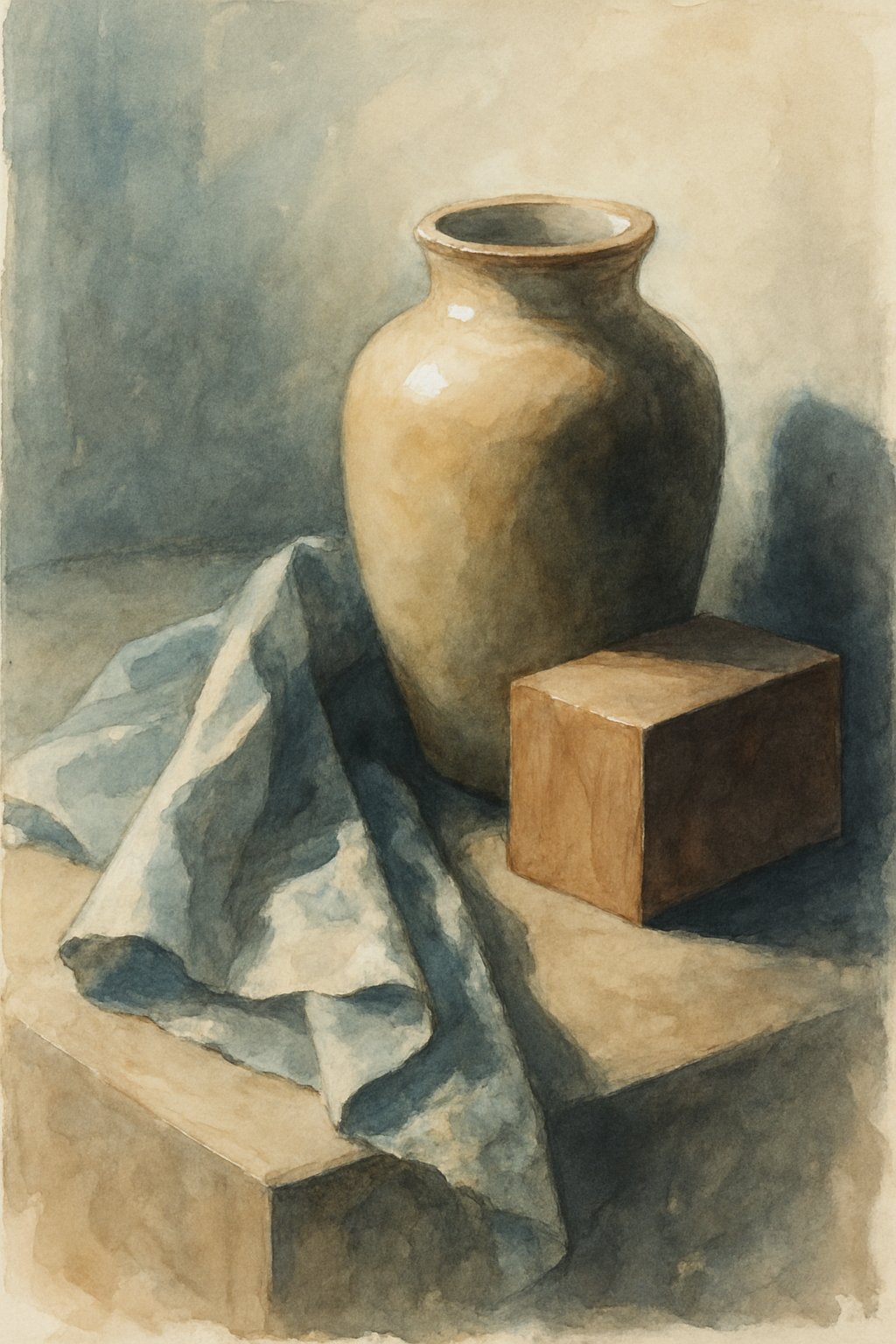
To paint realistic shadows, artists must first understand the two main types: cast shadows and form shadows. Cast shadows are the dark shapes created when an object blocks light, while form shadows appear on the object itself, showing its curves and depth.
Observing the shadow shapes carefully is important. Shadows often follow the shape of the object but can become distorted depending on the light source’s angle. Accurate shadow shapes help give a three-dimensional feel to the painting.
Layering is a key technique in creating depth within shadows. Applying multiple thin layers of paint allows for smooth transitions from light to dark. This method builds richness and avoids harsh lines between shadow and highlight.
Color temperature plays a significant role in realistic shadows. Shadows tend to have cooler colors like blues or purples, which create a sense of depth and calmness. Mixing a bit of a shadow’s complementary color can reduce intensity and avoid flat, dull blacks.
Artists should avoid using pure black for shadows. Instead, subtle mixing with dark tones and complementary hues makes shadows feel natural and dynamic. Lowering both color value (making it darker) and saturation (making it less intense) helps paint realistic shadows that integrate well with the light areas.
By combining knowledge of shadow types, accurate shapes, careful layering, and color temperature, artists can achieve shadows that add volume and realism to their work.
Practical Applications and Creative Approaches
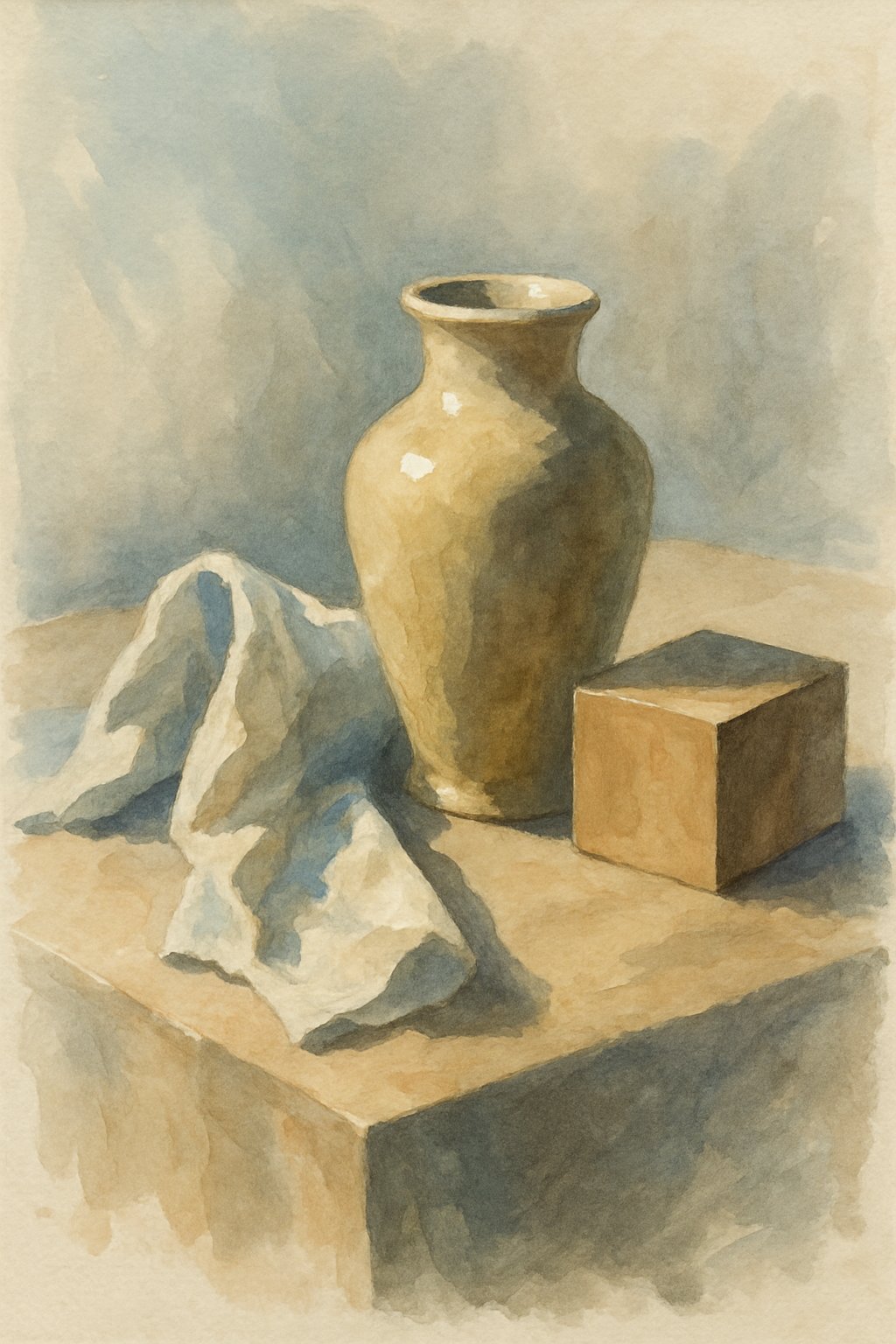
Artists use different types of light to shape their paintings. Ambient light supplies overall illumination, softening contrasts and reducing harsh shadows. It helps create a natural, balanced look.
Diffused light spreads evenly across surfaces. This soft light reduces sharp shadows and highlights, making transitions smooth. It works well for gentle, calm scenes.
When multiple light sources are involved, shadows become complex. They can overlap or appear in different directions. This adds depth but requires careful observation to keep the painting believable.
Reflected light brightens shadows by bouncing light from nearby surfaces back onto the object. It prevents shadows from looking flat and adds richness. Artists often use subtle color shifts in these areas to mimic this effect.
Using the right pigments is crucial for capturing light and shadow. Colors must blend smoothly to show gradual changes in tone. Warm pigments can suggest sunlight, while cool pigments work well for shaded or shadowed parts.
Creative artists mix these lighting ideas. For example, combining diffused light with reflected light creates subtle shadow shapes that feel three-dimensional. Multiple light sources allow for dramatic effects and can highlight important details.
Practices like setting up a still life under different lamps or observing shadows outdoors help artists understand real light behavior. This practical study strengthens their control over light and shadow in various styles.
Historical Inspiration and Masterworks
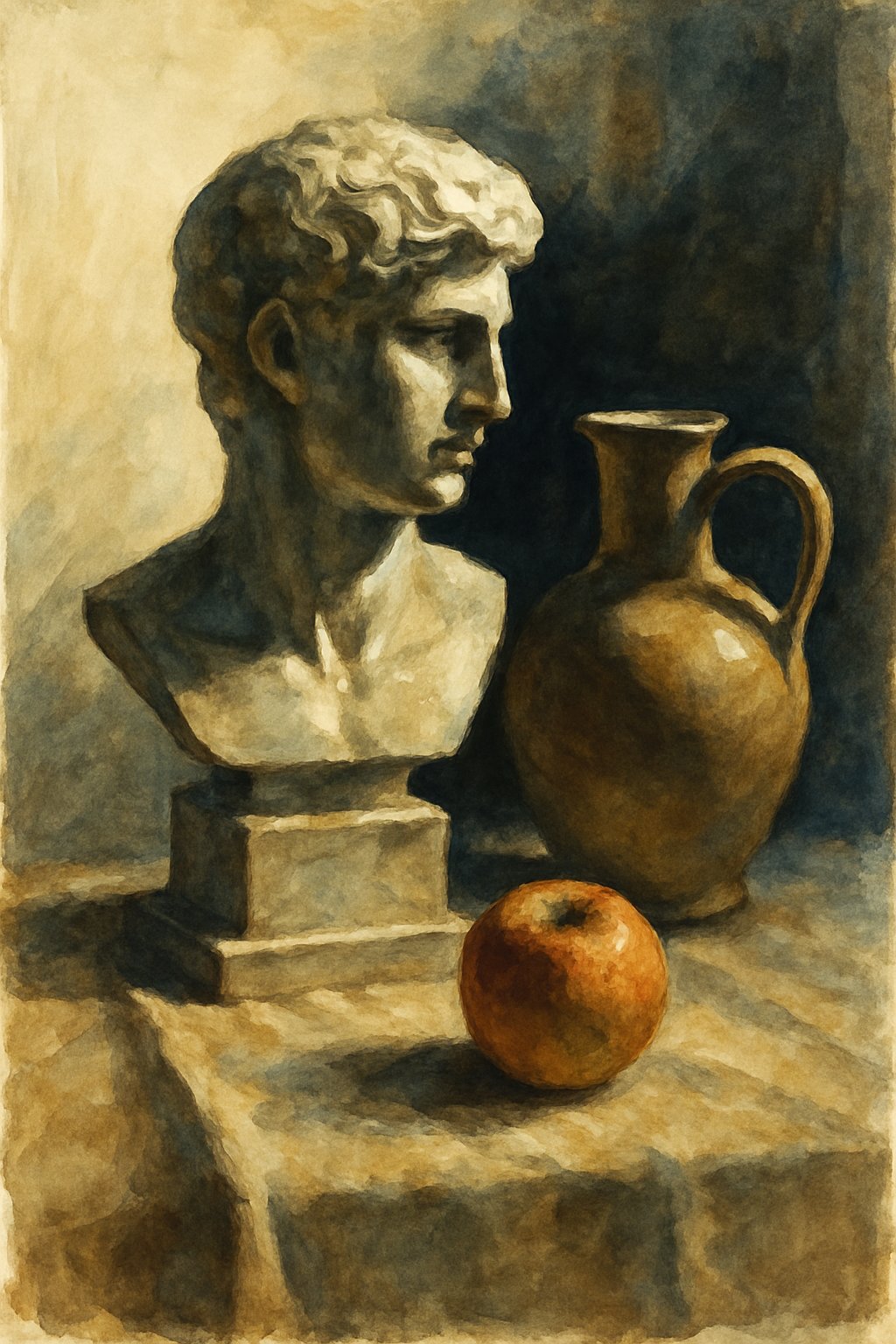
The use of light and shadow in painting has been shaped by key techniques and artists who defined how we see depth, form, and emotion on canvas. Strong contrasts and careful light placement help create realism and focus in artworks, influencing many styles over time.
Notable Artists: Rembrandt and Vermeer
Rembrandt is famous for his skillful use of chiaroscuro, a technique that contrasts light and dark to add depth and drama. His painting The Night Watch shows how shadows guide the eye and create a lifelike presence. He often illuminated faces or important elements against darker backgrounds, which added emotion and a sense of realism.
Johannes Vermeer used light differently. His works, like Girl with a Pearl Earring, use natural light to highlight color and texture softly. Instead of dark shadows, Vermeer’s paintings are known for bright, clear light that reveals fine details. The natural window light in his scenes adds quiet atmosphere and realism, making everyday moments feel special.
Frequently Asked Questions
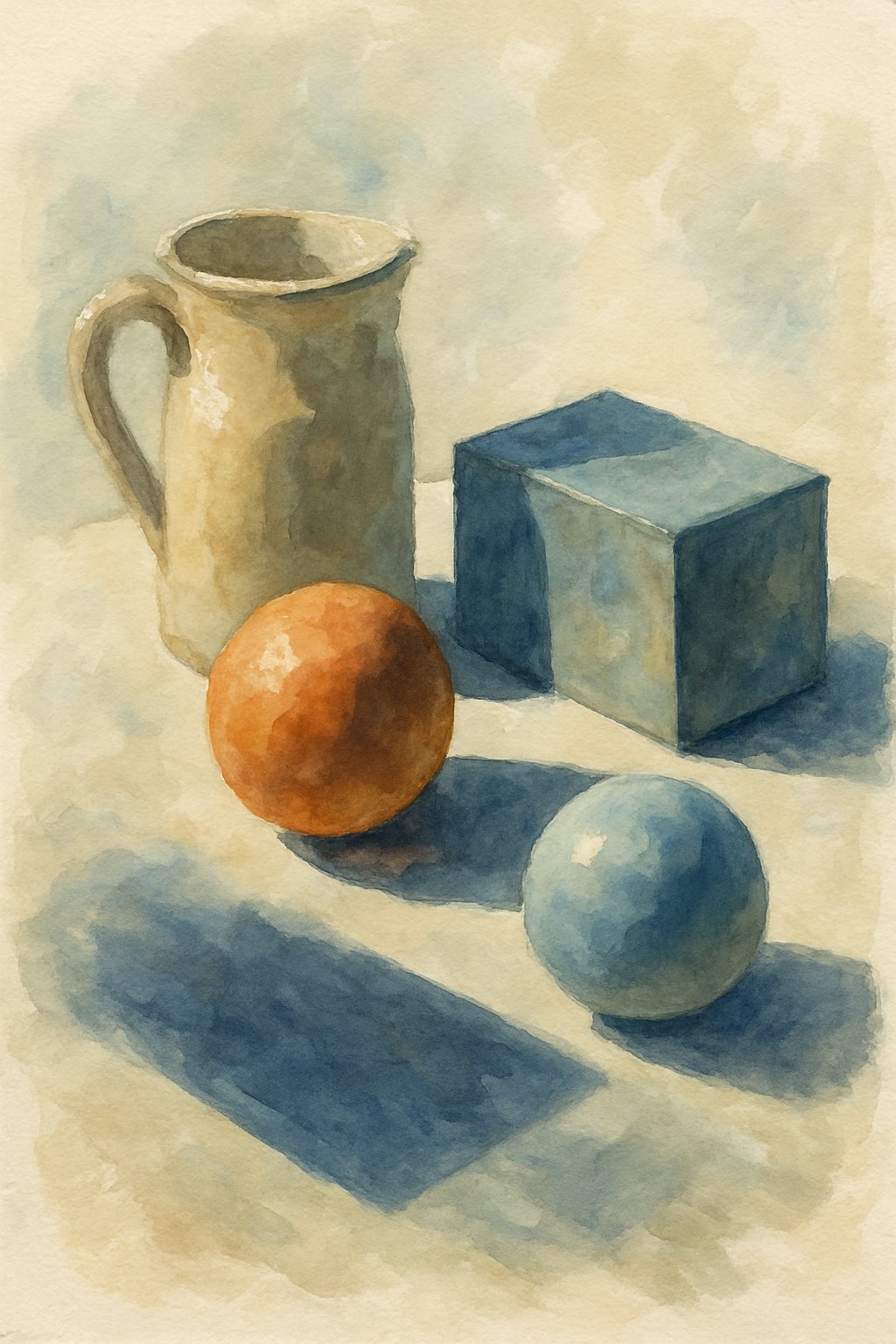
Capturing light and shadow requires understanding how light sources affect shapes and colors. Choosing the right hues and values is key to creating depth and realism. Practical methods and exercises help artists develop a solid grasp of these concepts.
What are the key principles for capturing light and shadow in a painting?
An artist must observe the direction, intensity, and type of light. Hard light creates sharp shadows, while soft light produces gentle fades. Form shadows define the shape of the object, and cast shadows fall on nearby surfaces. Edges between light and shadow vary from soft to hard depending on the distance of the shadow and light type.
How can I effectively use complementary colors to create shadows in my artwork?
Using complementary colors adds vibrancy to shadows. For example, red light will cast greenish shadows. Shadows are rarely black; they carry hues from the surrounding light and environment. Balancing warm and cool tones improves realism.
What techniques should I employ when painting shadows with acrylics?
Build shadows gradually by layering thin washes or glazes. Acrylics dry fast, so blend quickly or use retarders to slow drying time. Use softer edges for form shadows and sharper edges for cast shadows. Vary opacity to mimic the natural light falloff.
What exercises can I practice to improve my understanding of light and shadow in drawing?
Practice drawing simple geometric shapes like spheres, cylinders, and cubes under different lighting angles. Study still life setups with one and multiple light sources. Try value studies focusing on transitions from light to dark to grasp form and depth.
What is the best approach to painting the shadow of a person to ensure realism?
Observe the light source direction and the shape of the figure. Paint cast shadows with sharp edges close to the subject, softening them as they move away. Form shadows follow the body’s curves and show subtle shifts in tone. Include color reflections from nearby objects.
How do I choose the right colors for painting both shadows and highlights in a composition?
Select highlights based on the strongest light source, often using lighter, warmer tones. Shadows should include cooler or muted colors influenced by ambient light. Avoid pure black; instead, mix shadows with complementary and surrounding colors to maintain harmony.
